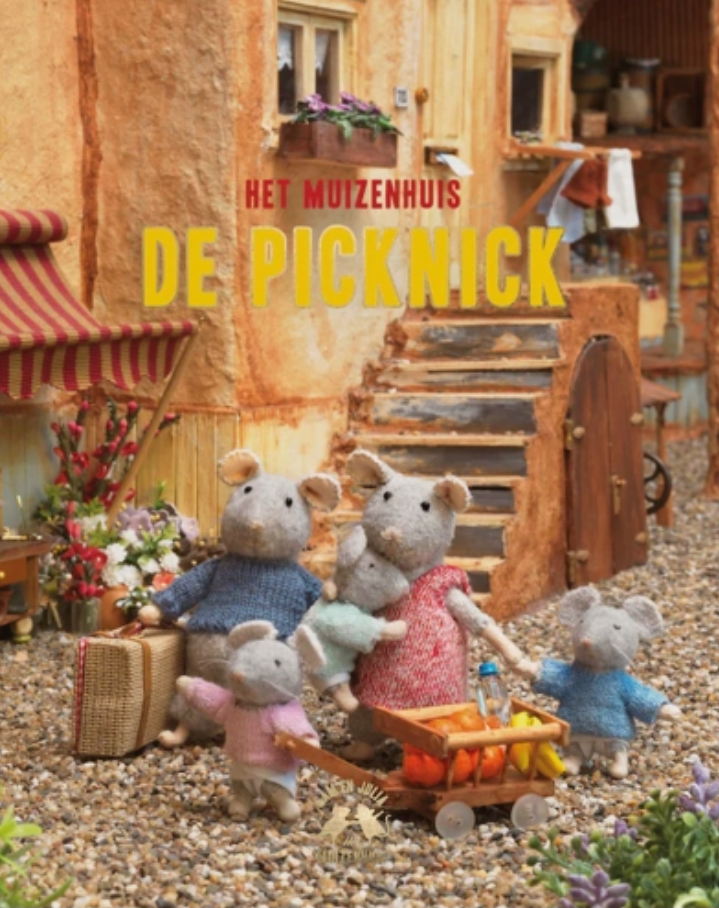Embarking on a Montessori education journey is like stepping into a world where learning knows no bounds. From the tender age of infancy to the formative years of adolescence, Montessori education adapts and evolves to meet the unique needs of each child. Let's explore the core focus for each age group, navigate the delicate balance between school objectives and Montessori principles, and uncover the magic that lies beyond primary school age.
Infants and Toddlers (0-3 years)
At this stage, the focus is on fostering independence, exploration, and sensory development. Montessori environments are carefully designed to provide opportunities for hands-on exploration, freedom of movement, and engagement with age-appropriate materials. For example, a simple activity like transferring objects from one container to another helps develop fine motor skills and hand-eye coordination, laying the foundation for future learning.

Preschoolers (3-6 years)
The core focus during the preschool years is on cultivating a love for learning, fostering social-emotional development, and building foundational academic skills. Montessori classrooms are vibrant, child-centered spaces where children engage in self-directed activities and learn at their own pace. Practical life activities, such as pouring, sorting, and buttoning, not only teach essential life skills but also promote concentration, coordination, and problem-solving abilities.

Elementary Age (6-12 years)
As children transition into elementary school age, the focus shifts to interdisciplinary learning, critical thinking, and collaboration. Montessori elementary classrooms are dynamic learning communities where children explore big ideas, conduct research, and engage in meaningful projects. The curriculum is designed to integrate subjects and foster a deep understanding of concepts through hands-on exploration and real-world experiences.
Balancing School Objectives vs. Montessori Principles
While Montessori education aligns closely with many traditional school objectives, there may be instances where conflicts arise. For example, standardized testing requirements or rigid curriculum mandates may clash with the child-led, inquiry-based approach of Montessori education. However, by fostering open communication and collaboration between parents, educators, and school administrators, it is possible to find common ground and create a supportive learning environment that honors both school objectives and Montessori principles.

Beyond Primary School Age
Montessori principles continue to resonate and thrive beyond primary school age, offering opportunities for lifelong learning and personal growth. Adolescents benefit from a curriculum that emphasizes real-world experiences, internships, and service-learning projects, preparing them to navigate the complexities of the modern world with confidence and resilience.
Pitfalls and Challenges
While Montessori education offers numerous benefits, it is not without its challenges. One potential pitfall is the misconception that Montessori education is a one-size-fits-all approach. In reality, each child is unique, and their educational journey should be tailored to their individual needs, interests, and abilities. Additionally, implementing Montessori principles within a traditional school setting may require dedicated training, resources, and ongoing support to ensure fidelity to the approach.

Synergy Between Traditional Education and Montessori Principles
The key to making traditional education and Montessori principles work in synergy lies in embracing a holistic approach to learning that honors the diverse needs and strengths of each child. By integrating elements of Montessori philosophy, such as student-centered learning, individualized instruction, and hands-on exploration, traditional schools can create more engaging, inclusive, and effective learning environments for all students.
In conclusion, Montessori education offers a transformative journey that empowers children to become lifelong learners, critical thinkers, and compassionate global citizens. By understanding the core focus for each age group, navigating potential conflicts, and embracing the synergy between traditional education and Montessori principles, we can unlock the full potential of every child and create a brighter future for generations to come.
By Glamorous team



